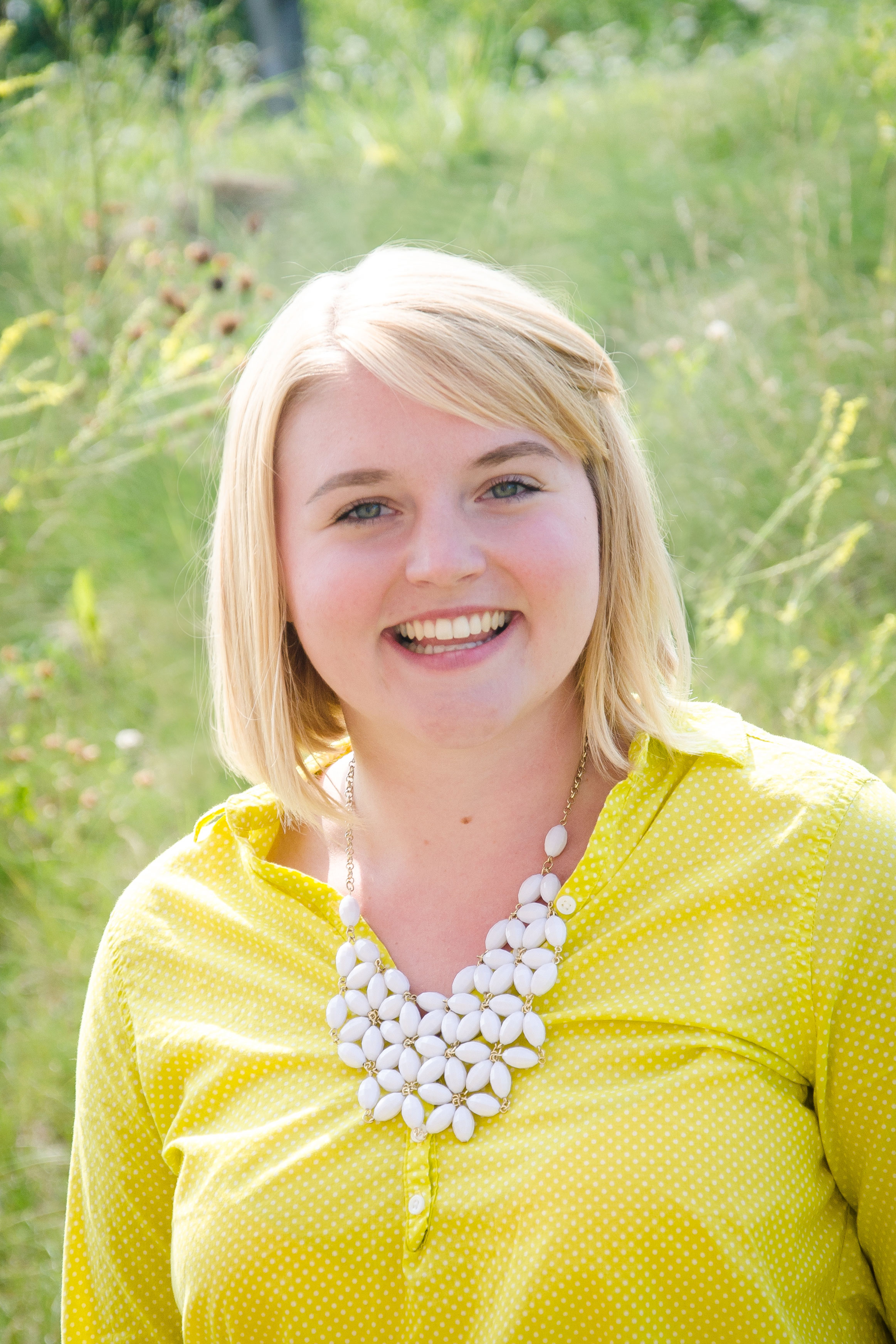From August 23-24, the Empire State Farrier’s Association held a clinic and their 34th annual contest in New York. The clinic, held August 23, took place at Greene County Horseshoe Supply in Greenville, N.Y. The contest took place the next day, August 24, at the Dutchess County Fair in Rhinebeck, N.Y. Chris Diehl CJF, FE, served as both the clinician and judge for the event.
This annual contest was the second leg of the 3-part AFA Tri-Chapter Competition. The first leg of the competition was held by the Southern New England Farriers Association on May 3 and the third part will be held by the Vermont Farriers Association from October 17-18 and will be judged by Jake Engler.
The August 24 competition drew 11 competitors and had 3 divisions broken up into 4 classes. The first division was the tradesman division, in which competing farriers were asked to make a pair of front shoes with rocker toe and toe clip, a plain stamped left hind shoe or a pair of hind keg shoes with square toes, quarter clips and extended heels. Competitors could also participate in a cadaver eagle eye with a keg shoe.
The journeyman division, being the next step up in level of difficulty from the tradesman division, was asked to make a pair of front shoes, fullered with toe clips, a right front plain stamp shoe with a toe clip, a left hind plain stamp shoe with quarter clips, a left front straight bar shoe fullered, a left front side bone shoe, fullered, or a right hind preventer straight bar shoe. They could also participate in a cadaver eagle eye with a plain stamped shoe.
The open division, being the highest in terms of difficulty for the competition, was asked to make an inverted heart bar shoe with double tape fullered rolled toe or a pair of omni-directional bar shoes, fullered. The open division could also compete in 2 rounds of live shoeing.
Tom DuBois, president of the Empire State Farrier’s Association, says the eagle eye portion of the competition was one of its highlights. “We had lots of people attending the fair that passed through to see what was going on and stop to spectate the competition,” he says.
DuBois says the competition is a learning experience for everyone involved, not just the passerby spectators. He says the Empire State Farrier’s Association’s reason for holding the annual contest is to benefit the farriers that enter and participate.
With the smaller size of the competition, DuBois says, “The farriers were able to get more individual attention and ask Chris more questions. They got the chance to go over their shoes more with the judge than you would at a large competition.”
While most of Diehl’s advice and tips went to individual farriers, DuBois says he emphasized overall basic forging principals like shoe shape and fit and nail hole placement.








Post a comment
Report Abusive Comment